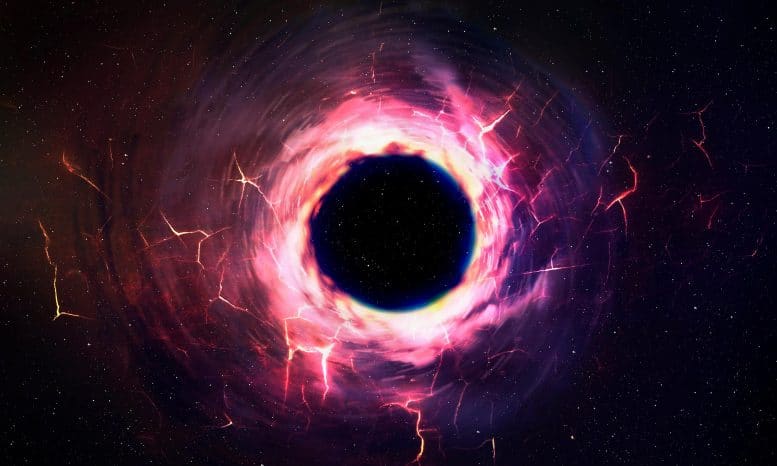Maritime students send special SOS to upcoming UN Ocean Conference
At first, they look like bright spots of white casting shadows on a lush green lawn. As the drone camera swoops into the sky, it becomes clear that these are people – more than 200 students from half a dozen different countries – lining up to spell out a clear message to the world: SAVE OUR OCEANS.
These future maritime leaders, studying at the Arab Academy for Science, Technology & Maritime Transport, based in the Egyptian coastal city of Alexandria, also used two powerful symbols in their video: an anchor, immediately recognizable in any language, and Semaphore, another universal way to communicate on the high seas, using flags.
Spelling it out
Arms moving in sharp patterns, the students spell, with flags, the same urgent text they form with their bodies as seen from above.
The message is not a matter of theory for these future seafarers; it is central to their personal journeys starting at an institution committed to helping the world realize the Sustainable Development Goals (SDGs) especially on climate action (Goal 13) and life below water (Goal 14).
Hailing from Egypt, Djibouti, Sudan, Saudi Arabia, Libya and Mauritania, the students created their video message to the UN Ocean Conference, which will put the issue at the top of the international agenda when it convenes in Lisbon from 27 June to 1 July.
‘Blue world’
“We live in a blue world,” explains Dr. Kareem Mahmoud Tonbol, an Associate Professor of Physical Oceanography and Climatology and Vice Dean for Postgraduate Studies and Scientific Research, pointing out that oceans and seas cover more than 70 per cent of the Earth’s surface.
“Oceans are the heart and lungs of our planet, supplying most of the oxygen we breathe,” says Dr. Tonbol, who also serves as Head of Meteorology and the Hydrographic Survey Programme and organized the initiative to create a video in response to a request from the UN’s Department of Global Communications.
Concern for the future
He explains that the hundreds of students who contributed to the video, were motivated to send their “Save our Ocean” SOS, out of concern for humanity’s future.
“Oceans are the heart and lungs of our planet, supplying most of the oxygen we breathe,” he says. “They are also a vital element of the ecosystem and a key source of food and medicine.”
According to Dr. Tonbol, more than three billion people worldwide rely on marine and coastal biodiversity to survive, while oceans absorb over 30 per cent of carbon dioxide created by humans, helping mitigate the effects of warming on the planet.
“Oceans also sustain the world’s marine and coastal resources and industries,” he points out. “In every way, we are directly related to our seas.”
Oceans are the heart and lungs of our planet –Kareem Mahmoud Tonbol
It took a week of preparations, a team of video experts, and the choreographing of scores of students in maritime uniforms, but the Academy felt the investment was worth sending a strong signal from their Abu-Qir campus to the Conference.
“Our message is to mobilize and unify the world’s efforts to support the sustainable management of the world’s oceans by fostering a global movement of citizens to protect ocean resources and the marine environment,” says Dr. Tonbol.
Their decision to send a video message to the United Nations is consistent with the Academy’s longstanding cooperation with the world organization.
And the Academy has incorporated into its strategic plan a commitment “to fulfilling its social responsibility and aligning itself to the SDGs, significantly increasing the extent to which its research and teaching support the aim of achieving a healthy and sustainable planet.”
For Dr. Tonbol, this is more than a question of plans on paper; it is a legacy to bequeath to future generations. “Our role is to shape future leaders by investing in young minds as we embark upon the intergenerational transition to help them join the sustainable development revolution and create a momentum to deliver the SDGs,” he says.
“Sustainable development is very much about the business of ensuring that our children and future generations inherit an earth that is no worse off than the one we have inherited, so we dedicate our research to advancing innovative solutions for the interest of humanity.”










/cloudfront-us-east-1.images.arcpublishing.com/tbt/K744AWADAJF3FPIQ77XIHE6DMI.jpeg?w=696&resize=696,0&ssl=1)


